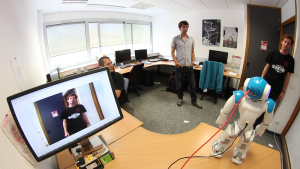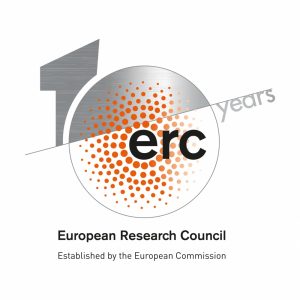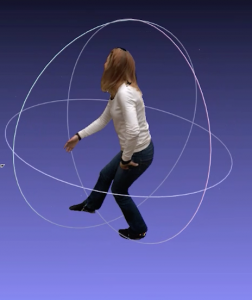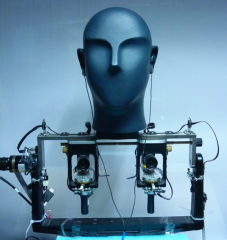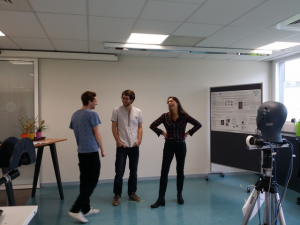Current projects (2020-):
- H2020 ICT project SPRING — Socially Pertinent Robots in Gerontological Healhcare (2020-2023)
- ANR JCJC (young investigator project awarded to Xavier Alameda-Pineda) ML3RI — Multi-Modal Multi-person Low-Level Learning for Robot Interaction (2020-2023)
- Audio-Visual Machine Perception and Interaction for Companion Robots, ANR MIAI chair, Université Grenoble Alpes (2020-2023)
Completed projects:
- Marie-Curie Research Training Network VISIONTRAIN (2005-2009)
- ICT-FP6 project POP (2006-2009)
- ICT-FP7 project HUMAVIPS (2010-2013)
- Reconstruction with depth and color cameras for 3D stereoscopic consumer displays. Project funded by Samsung Electronics (2010-2013).
- ANR-BLANC MIXCAM project (2014-2016)
- ICT-FP7 project EARS (2014-2017)
- Multi-modal speaker localization and tracking. Project funded by Samsung Electronics (2016-2017)
- ERC Advanced Grant VHIA (2014-2019)
- ERC Proof of Concept VHIALab (2018-2019)
Academic partners:
- The Czech Technical University in Prague (2005-2013 and 2020-2023)
- Herriot-Watt University, Edinburgh, UK (2020-2023)
- Hôpital Broca, Paris, France (2020-2023)
- University of Sheffield (2006-2009)
- University of Coimbra (2006-2009)
- Bielefeld University (2010-2013)
- IDIAP, Martigny (2010-2013)
- The Technion (2005-2015)
- Queen Mary University London (2012-2016)
- Bar Ilan University (2013-)
- University of Trento (2014-)
- University of Cordoba (2014-)
- University of Patras (2013-2016)
- Ben Gourion University (2014-2016)
- Imperial College (2014-)
- Erlangen-Nuremberg University (2014-2016)
- Humboldt University (2014-2016)
- Polytechnic University of Bucharest (2014)
Industrial partners:
- ERM Automatismes, Carpentras, France (2020-2023)
- PAL Robotics, Barcelona, Spain (2020-2023)
- Samsung Digital Media and Communications R&D Center, Seoul, Korea (2016-2017)
- Samsung Advanced Institute of Technology, Seoul, Korea (2010-2013)
- 4D View Solutions, Grenoble, France (2007-)
- Aldebaran Robotics, Paris, France (2010-2013)
- SoftBank Robotics Europe (2014-2016)

